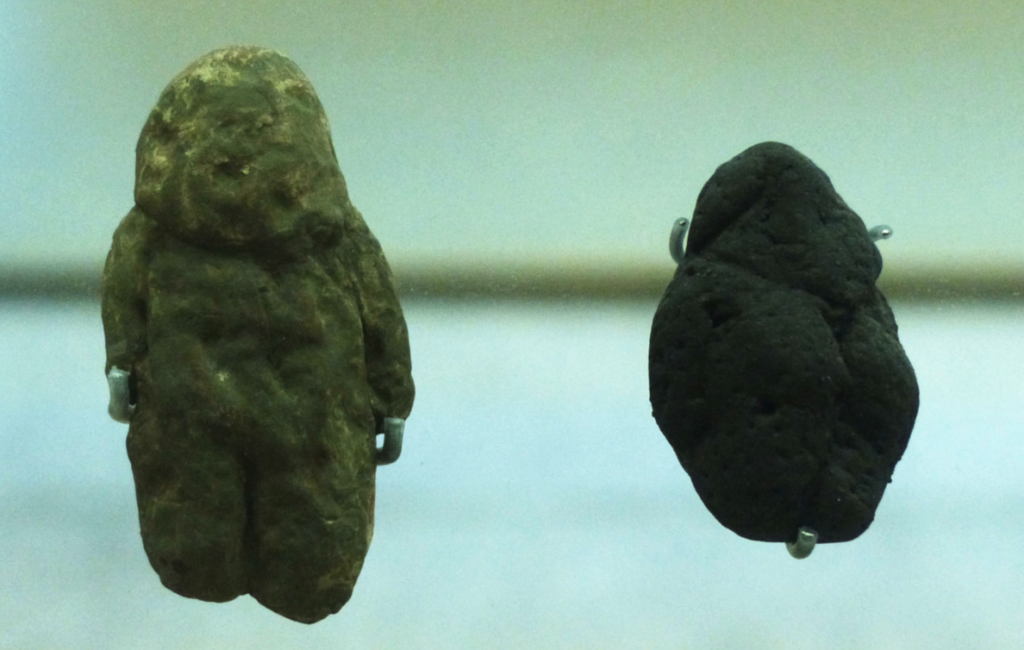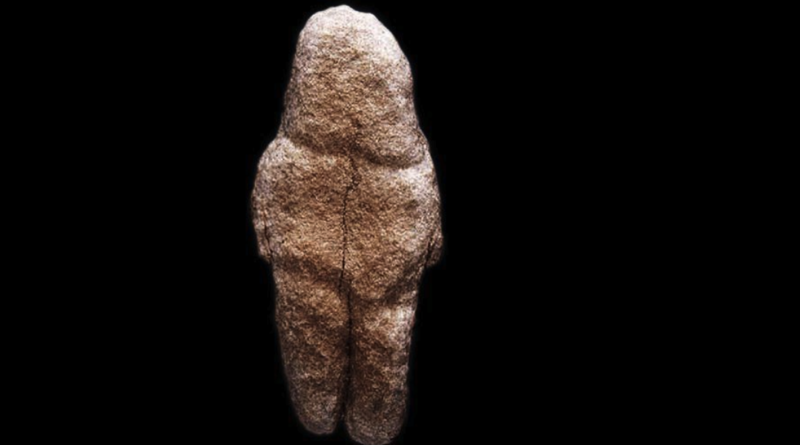Tan Tan’s oldest human sculpture in the world
In 1999, a team of archaeologists made a groundbreaking discovery along the banks of the Daraa River in southern Morocco. They uncovered a small piece of rock that had been carved into the shape of a human figure, making it the oldest known human sculpture in the world.
This remarkable discovery has been named the Venus of Tan Tan and dates back an astonishing 500,000 years.
Discovery
The Tan-Tan object was discovered by an archaeological excavation directed by Lutz Fiedler, the state archaeologist of Hesse in Germany.
The Venus of Tan Tan is a small, roughly shaped rock that has been carved into the shape of a human figure. It measures just 6 centimeters in length, 4.5 centimeters in width, and 1.6 centimeters in thickness.
Despite its small size, it is a remarkable piece of prehistoric art that provides a glimpse into the artistic and creative abilities of early humans.
The discovery of the Venus of Tan Tan was a significant breakthrough in the field of archaeology. Before its discovery, it was believed that the earliest known human sculptures dated back only to around 35,000 years ago. However, the Venus of Tan Tan predates these sculptures by an incredible 465,000 years.
The Venus of Tan Tan was named after the town of Tan Tan, which is located near the site where it was discovered. The sculpture has been identified as being from the Acheulean period, a time when early humans were making and using stone tools. It is believed that the sculpture was created by Homo erectus, an early human species that lived between 1.8 million and 300,000 years ago.
This humanoid object was created not by us (the Homo Sapiens), but the primitive Homo Erectus. Surprisingly, the next oldest prehistoric sculpture was the “Venus of Hohle Fels”. It is unknown why it took so long for another human figurine to appear.

5.8 cms high; 2.6 cms wide; 1.2 cms thick.
Sceptical view
The Venus of Tan Tan has been the subject of much debate and speculation in the years since its discovery. Some experts believe that it was created as a symbol of fertility or as a religious artifact, while others suggest that it may have been a toy or simply a piece of decorative art.
Some believe there is no evidence to suggest that the figure found in Tan-Tan, Morocco is a human-made artifact. And the figure is most likely a result of natural weathering, despite its striking appearance. Some noted that some rocks found nearby in the vicinity of the figure were weathered and rounded from water transport, leading Professor Ambrose to believe that flowing water in the past could have disturbed rocks and artifacts found at the site.
Similarly, a 200,000-300,000-year-old stone object found in Israel in 1986 was initially thought to be a figurine, but later research indicated that it was likely shaped by geological processes.
Today, the Venus of Tan Tan is housed in the National Archaeological Institute of Rabat, where it is preserved and studied by archaeologists and scholars from around the world.
The sigificance of the Venus of Tan Tan
Whatever its purpose, there is no denying that the Venus of Tan Tan is a remarkable piece of prehistoric art that provides valuable insight into the creative abilities of early humans.
Its discovery has inspired new research into the artistic and creative abilities of early humans, and it continues to be a fascinating and important part of the history of human art and culture.
